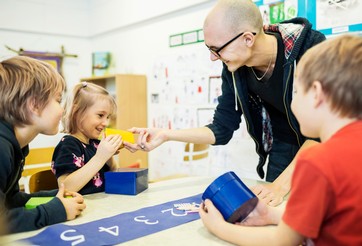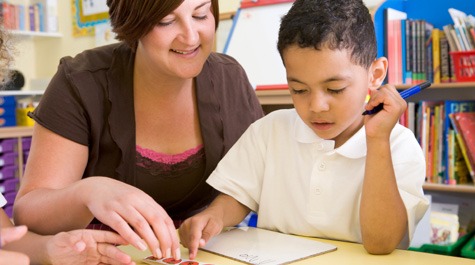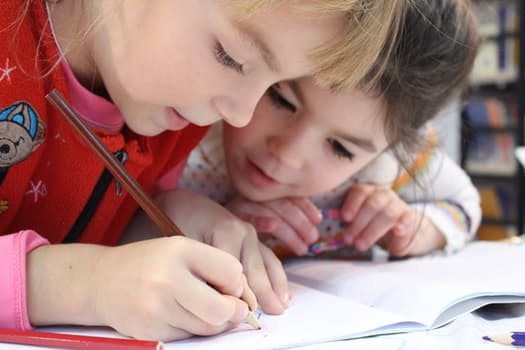Many times, parents and teachers ask us for suggestions on how to help develop ADHD accommodations for the classroom.
The list below is a compilation of suggestions that may be helpful under these circumstances. However, it is important to remember that every child is an individual. Every child with ADHD may benefit from different accommodations to help. It will be important to be creative, and evaluate how well a set of accommodations are working for the child over time.

Extra Time
Allow extra time for certain tasks. ADHD students may work more slowly. Don’t penalize for needed extra time.
Desk Placement
Place it in a location away from distractions. Seat near front of room and away from doorways.
Avoid Distraction
Try to keep the student’s desk away from auditory and visual distracters, such as pencil sharpeners, windows, high traffic areas, and other potentially disruptive students.

Desk Top Organization
Help the student organize activities. When he/she is working, try to see that only the necessary materials needed are out on the desk.
Ensuring Attention
Establish eye contact when giving instructions. Directions and other comments should be crisp and to the point, never wordy and repeated. Give directions auditorily and visually. Arrange to use a nonverbal signal that doesn’t embarrass the student and is known to only the two of you when he/she is off task.
Structure
ADHD students do not handle change well. Keep consistent rules, subjects at the same time, etc. They go from structured to unstructured activities well, but not the reverse.
Division of Work
Divide the student’s work into smaller tasks; print fewer problems on page; give fewer problems/questions or grade only those completed; allow brief breaks between jobs.

Establish a Relationship with the Student
ADHD students respond well to positive comments and encouragement, and very negatively to criticism/embarrassment. A healthy and respectful relationship with the teacher is a cornerstone to learning for the ADHD child. Without a positive relationship, educational goals are often not met.
Homework Planners
Supervise the homework planner, as ADHD students often do not fill this out correctly – if at all. Keep parents informed when several assignments are missing so they may assist in getting the work completed or handed in.
Legitimate Movement
Allow the student to move around at appropriate times during the class, by taking note to office, going to the restroom or erasing the board to work off energy. They may benefit from a standing desk or a special seat cushion as well. Sometimes, fidget objects or chewing gum can also help a student’s need for movement. It is very difficult for them to stay seated for a full class period.

Capitalize on Strengths
Recognize the student for some special positive qualities. This is often under-looked, but finding sources of confidence and self-esteem for children can make a big difference in how they approach areas that are difficult for them.
Discipline
Must be brief, and have clear rules and consequences. It should be applied without lecturing, nagging, embarrassment or yelling. Allow the ADHD student to keep her self-esteem in tact, and recover from the redirection with confidence.
It’s the teacher that makes the difference, not the classroom.
Michael Morpurgo
![]()
